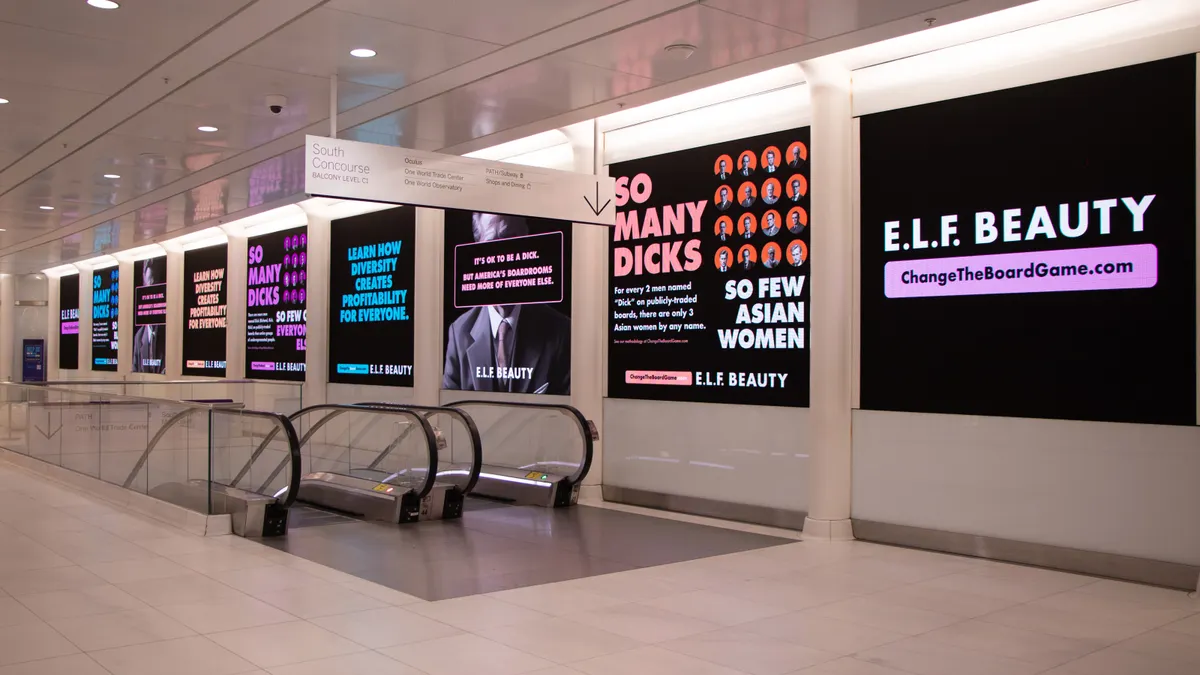Dive Brief:
- Social media spending has grown from 3.5% of marketing budgets in 2009 to 11.7% in 2016, according to the CMO Survey put out by Duke University's Fuqua School of Business.
- The figure for 2016 trails a projection made five years ago that social media would command 17.5% of budgets this year, according to the report.
- The potential reasons for that gap include: a bandwagon effect that creates both booms and ebbs in spending; companies oversaturating social media marketing and turning consumers off in the process; social media spending coming from more than just the marketing budget as the channel becomes seen as a strategic tool across enterprises; and marketers not effectively utilizing their social media investments, hurting ROI and thereby reducing future budgets.
Dive Insight:
Social media has been a vexing channel for marketers. Early on, it was seen as a place where marketers needed to be, though many marketers weren’t entirely sure how to handle interacting on platforms like Facebook, Twitter and LinkedIn. The early strategy was to organically build an audience and track engagement, including social chatter and sentiment around brands and even product categories.
Facebook brought a new approach to bear when it actively began pushing marketers toward a pay-for-play advertising model on its platform. Facebook pushed marketers in this direction by making algorithm changes that dramatically impacted brands’ organic reach. With Facebook leading the way, social media is now becoming more of an advertising channel with unique characteristics. The advantage of the paid post approach is that marketers can target audiences and now have a host of measurement tools at their disposal to determine success and ROI on that spending.
For the foreseeable future, a smart social media marketing strategy should include a combination of advertising and organic outreach.













